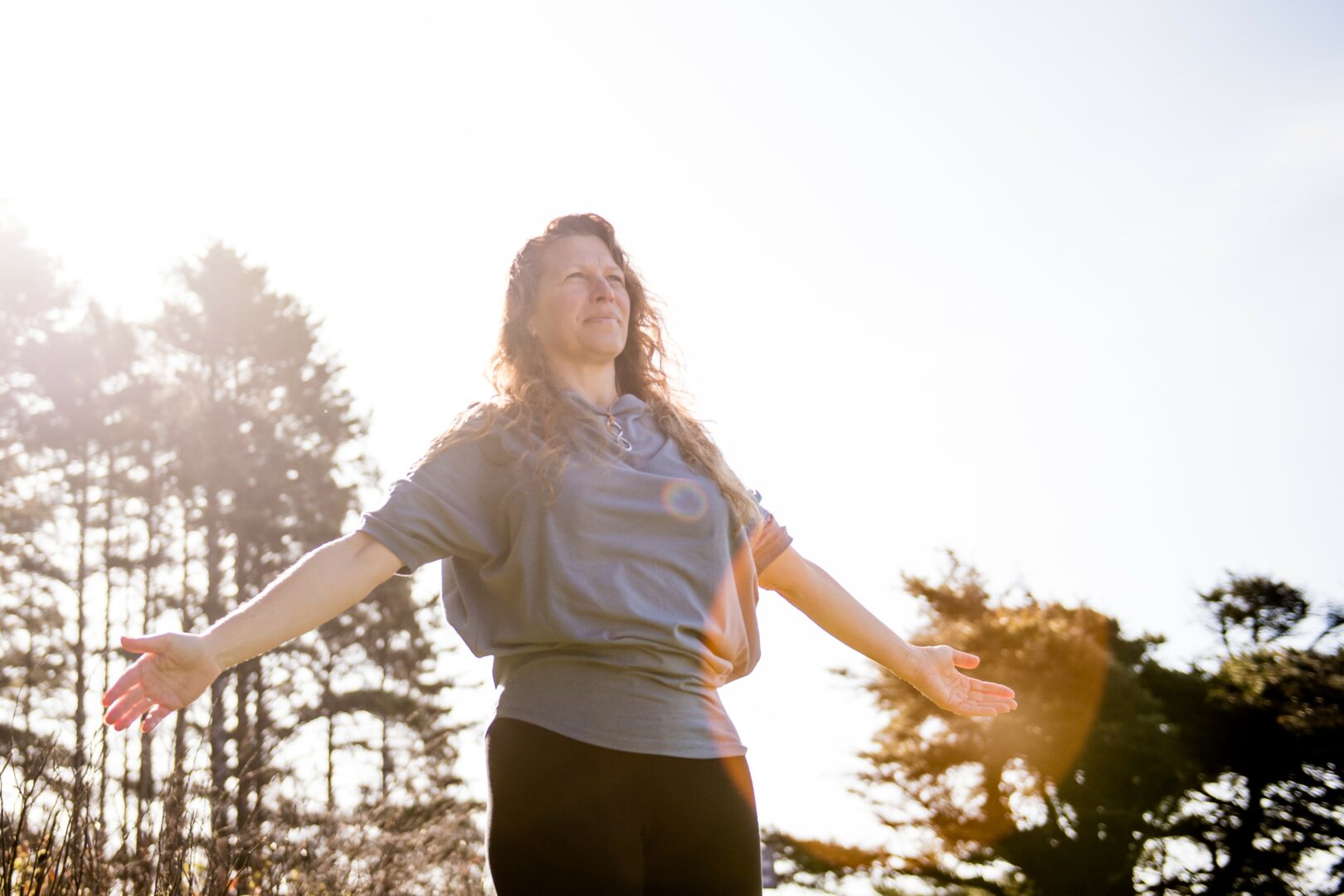We were lucky to catch up with Karl Zurflüh recently and have shared our conversation below.
Hi Karl, thanks for sharing your insights with our community today. Part of your success, no doubt, is due to your work ethic and so we’d love if you could open up about where you got your work ethic from?
My work ethic comes from my family. Very early on, and throughout my life, I saw all of them working hard to create & shape their lives. My Mother was widowed at age 21, when my Father’s Navy plane went down. She had no job, no college education, two boys under the age of 4, and per base housing protocol we were given a week to move out. Within the year, she had gotten a job helping out in a Tacoma High School, while she was put herself through school and raised us. She would go on to get her Masters Degree and become the president of the WEA (Washington State teachers union) where she fought for teacher’s rights on a national level. My Grandfather went to the Naval Academy and became a pilot, eventually commanding a squadron before retiring from the Navy to go to work for the Pentagon. After decades of working there, he went on to retire again and buy a Christmas tree farm. He worked the Oak Hill Farm for the rest of his life. Sitting around is not in my blood.
I have always trusted that anything was possible, that you just have to put your mind to it. I am not one that believes in destiny or talent, to me the idea of predetermined outcomes or skills, takes away from the joy of living. There are a lot of things in life that are out of our control, passion for a craft is not one of those things. Through practice and studying you can do anything. Yes, support plays a huge role in success, but even without any, one can still make things happen. Maybe I am more stubborn than most or I just like challenges. When I am told I can’t do something, the fire within me flares up. I am not so concerned with proving someone wrong, for me it’s all about the sense of accomplishment. Reaching the top of the mountain and admiring the views, that is my happy place.
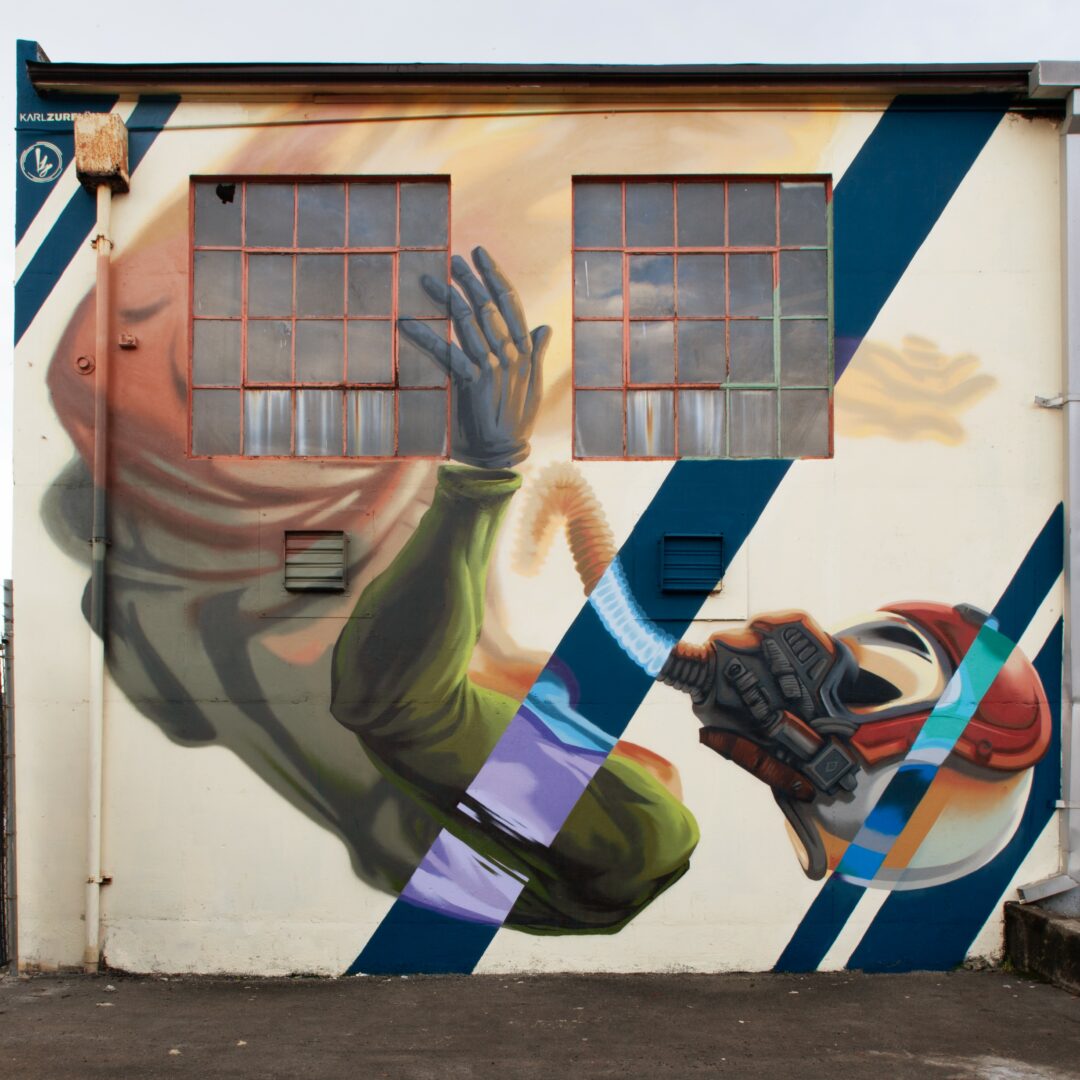
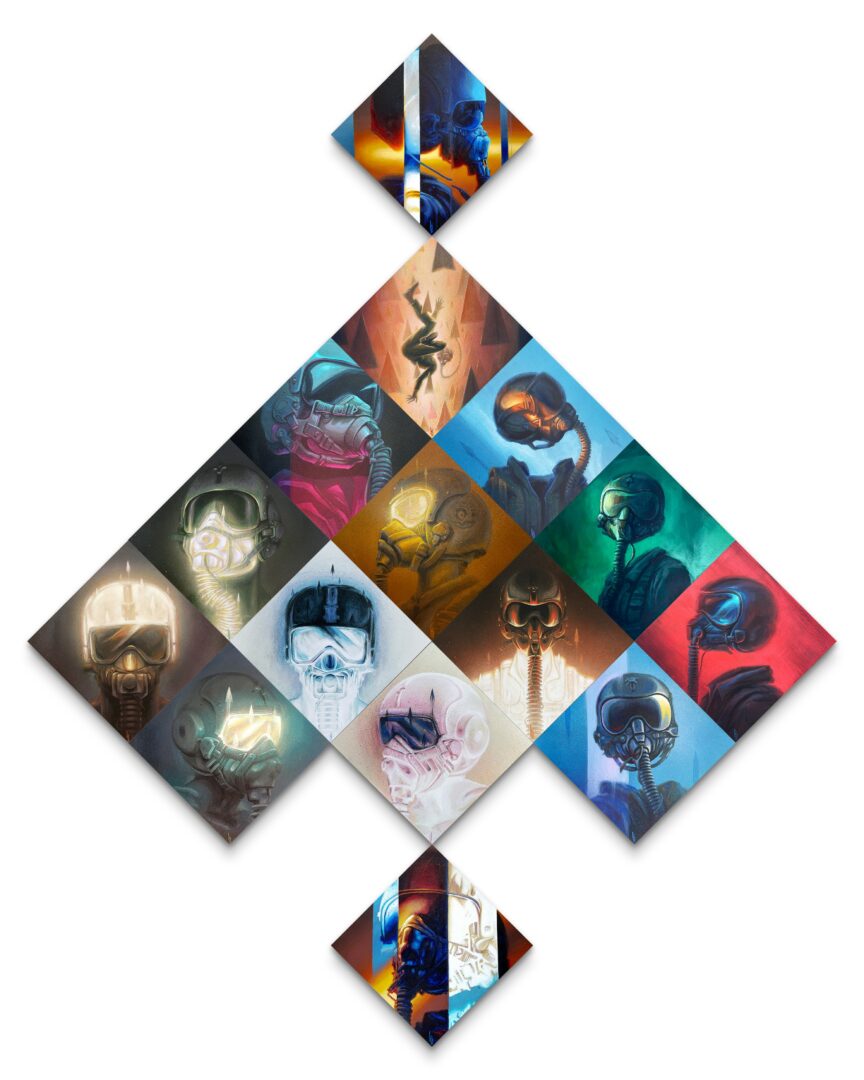
Let’s take a small detour – maybe you can share a bit about yourself before we dive back into some of the other questions we had for you?
When I decided I wanted a career in the arts, I knew it was not going to be easy. I had no clue what to do, all I knew was that I wanted to draw and paint. Coming from a family that is comprised of mostly career military & teachers, there was not a lot of guidance or support. So at 17, I made the biggest decision of my life and chose to invest in myself. I took out student loans and enrolled at Cornish College of the Arts, and focused on fine arts. In the beginning I wanted to be a surrealist painter, but then I was introduced to the Hip Hop community, the only new art movement of our time. All these different styles and influences started to flood in, and my world view expanded.
Fear can be a great motivator, I had to make some tough decisions to make the student loan gamble payoff. After 2 years in Seattle I moved to the opposite side of the country to enroll at Ringling College of Art & Design to focus more on commercial art. I graduated with a BFA in traditional Illustration and quickly learned I did not like the feast or famine world of freelance. So, I made a graphic design portfolio (even though I had never taken a GD class) and applied to every full-time job I could find. Six months later I landed my first real art job designing t-shirts for Disney, Champs, Footlocker, and Collegiate sports teams. I learned computers on the job as I went and in about two years I realized I needed more digital training. Following my passion for video games, I enrolled in MFA program at The School of Visual Arts in NYC and studied computer animation.
While in NYC I had almost every kind of art job out there. If I did not qualify for a job listing I would make a new portfolio showing that I could do the work. I always felt I had to work harder than everyone else, because somewhere in the back of my mind, I thought they must know what they were doing. It took me years of trying and failing to learn how to navigate the commercial art world. With help from friends, I landed a Designer job with Nickelodeon, working on an animated TV show called Little Bill. I would design and build props & backgrounds for the animators to work with. Things were going great and I was finally able to start to enjoy living in NYC. Then 911 happened, the economy tanked, the show was cancelled, and we were all laid off. It was a dark time for everyone. I was unemployed for nine months, doing odd freelance gigs, temp design work, and bartending in the theater district. Then I fell into entertainment advertising and started designing movie posters.
Advertising is a rough grind. Brutal hours, an insatiable appetite for the newest of new, and a broken system of communication between the Marketing & Creative teams. Throw a dose of Hollywood ego on top of that fire and I wouldn’t recommend this profession to anyone. I never in a thousand years would have thought that this would be my artistic career, but I am good at it. All of my years running around in the Hip Hop communities across the nation, had taught me the fundamental skills I needed for this vocation. This is why I call advertising, corporate graffiti. Two years later, I moved to LA and joined a start up agency, Petrol Advertising, that focuses on video game marketing. All of my worlds came together and I still work with them to this day. For the next ten years we changed how video games are marketed and work on about 90% of the games that came out that decade.
In 2014 I wanted to start a family, so my wife and I decided to move to Charleston SC to be close to her family. I stepped down from my position and became a remote artist. Getting out of the office gave me more time to focus on my artistic voice. I had never stopped painting throughout the years, but it was the first time I started to share my work and try to chase the dream of a fine art career. I thought with all of my success in the commercial art world that the transition would be easy, but it was like learning a new language. Over the past ten years I have failed many times in this new arena, while learning and growing. Currently, I have paintings showing in numerous group shows across the country, while working on my first solo show in decades.
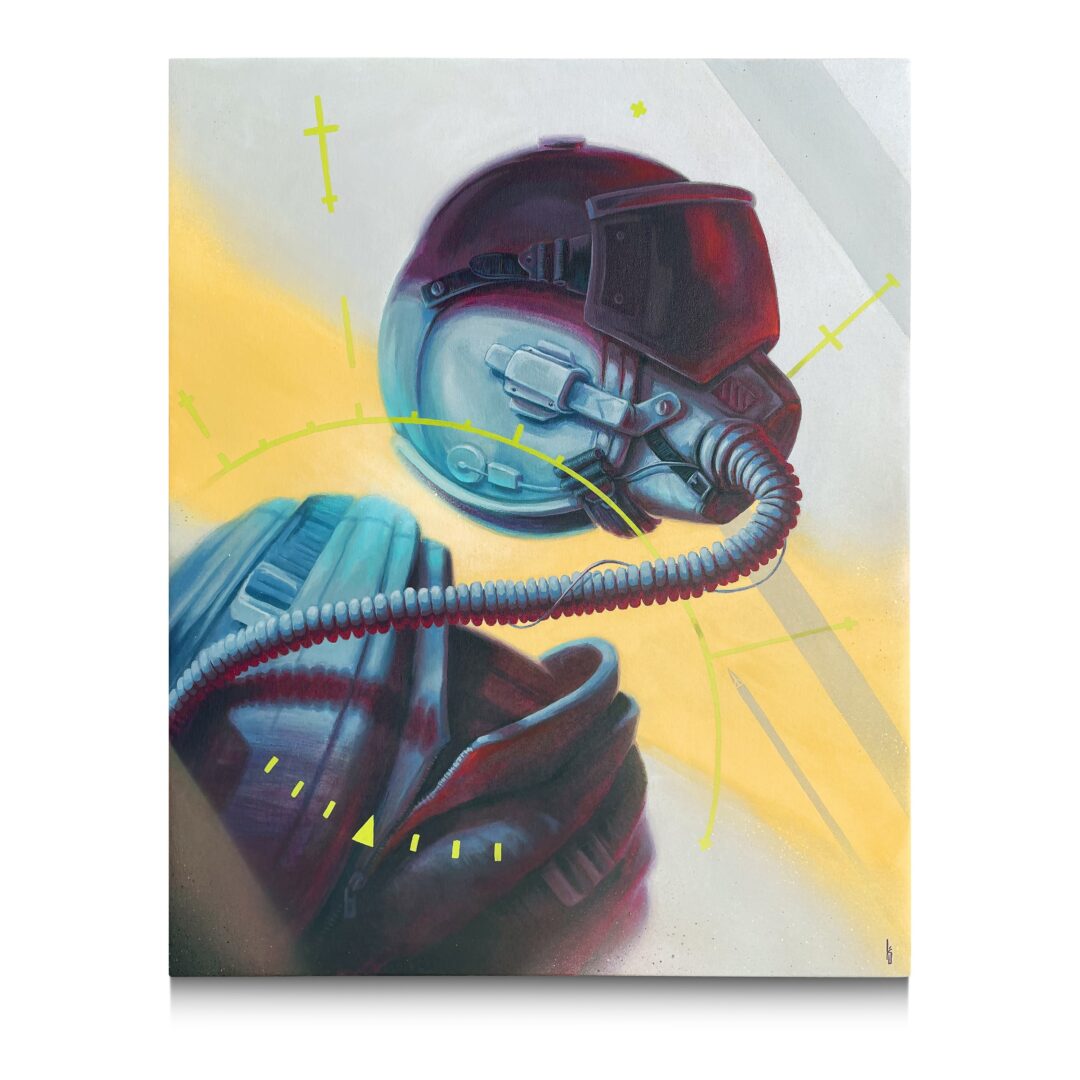
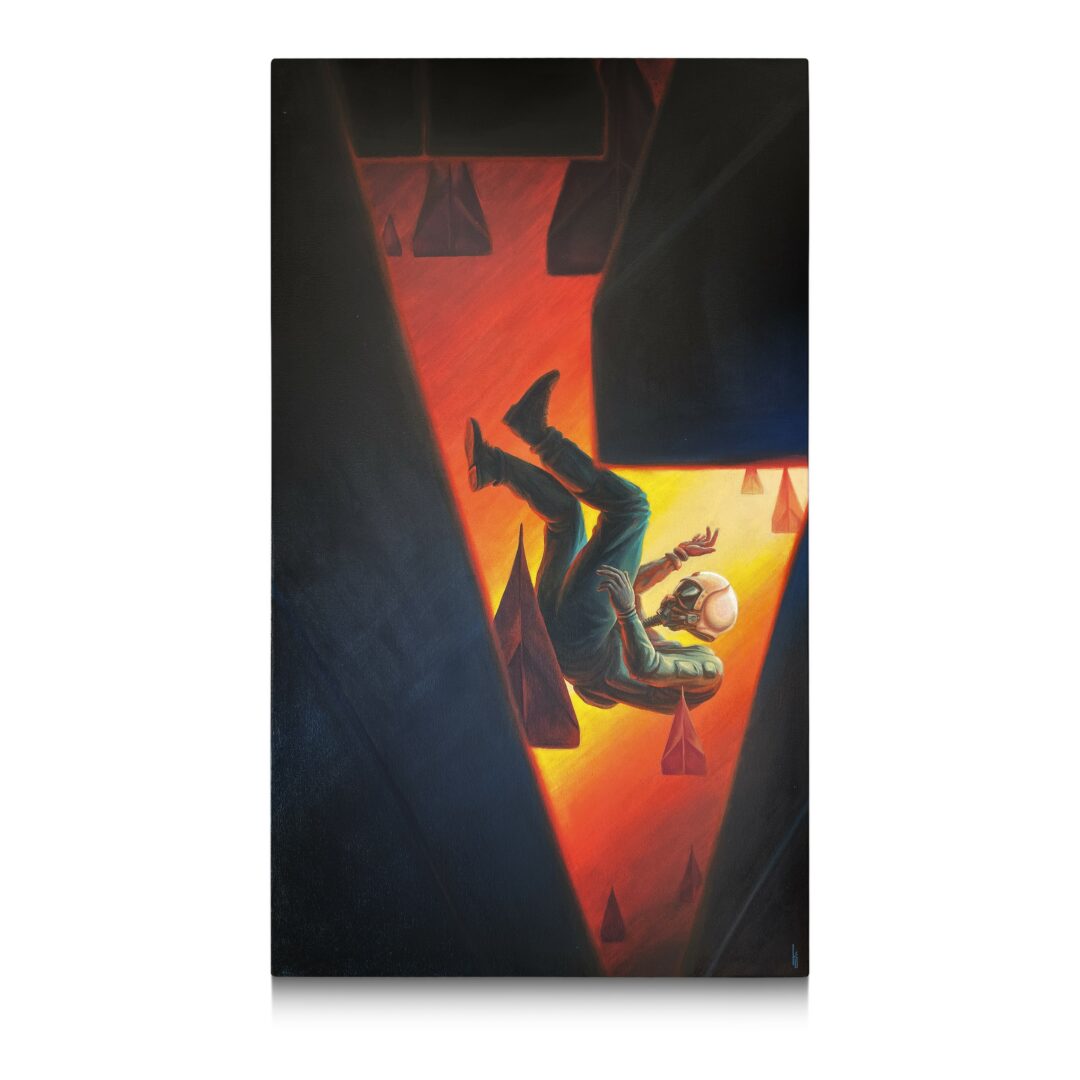
There is so much advice out there about all the different skills and qualities folks need to develop in order to succeed in today’s highly competitive environment and often it can feel overwhelming. So, if we had to break it down to just the three that matter most, which three skills or qualities would you focus on?
The three most important skills I have honed over the years are observation, drawing, and a streamlined artistic process.
I was a very quiet and shy kid, unable to express my emotions. I would always prefer to sit back and observe situations before jumping in. This allowed me to read people’s body language and hear what they are saying. A lot of times the two don’t line up. With my imagination and this observed data I am able to put myself in their place and feel what I perceive as their emotions. When I create a piece of art I focus on the emotional narrative and try to create a visual that people can feel. Getting to the core of the human experience in this way, makes my art stronger. Observation doesn’t stop with human interactions. I am obsessed with light. I love how it affects color, shape, dimensionality, and the mood of a scene. It has taken a lifetime, learning how light reacts in different situations. I study every visual I come across looking for new ways that light can be used in my paintings.
It all starts with a sketch. No matter what project I am working on, the ability to rough out shapes to get a general composition is critical. Drawing has always been fun for me, but it’s easy to get caught up in the idea that you have to make every drawing your best. This will freeze you up and make your drawings worse. So I try and remember to have fun and trust the process.
An idea is just an idea if you can’t turn it into a creation, in order to do that, you need a plan. My time spent writing graffiti taught me a lot about speed and how to execute an idea in less than ideal situations. Commercial art taught me the importance of hitting deadlines, so you can continue getting work. In order to do this with multiple projects simultaneously, it is essential to have a process that works for you and one that you can explain to the client. The more you use your process, the more you can streamline it, and the faster you can create a finished piece. This does not mean I rigidly stick to one system to express my concepts. Being open to new tools allows me to jump around more fluidly and work with whatever tool is best for the job.

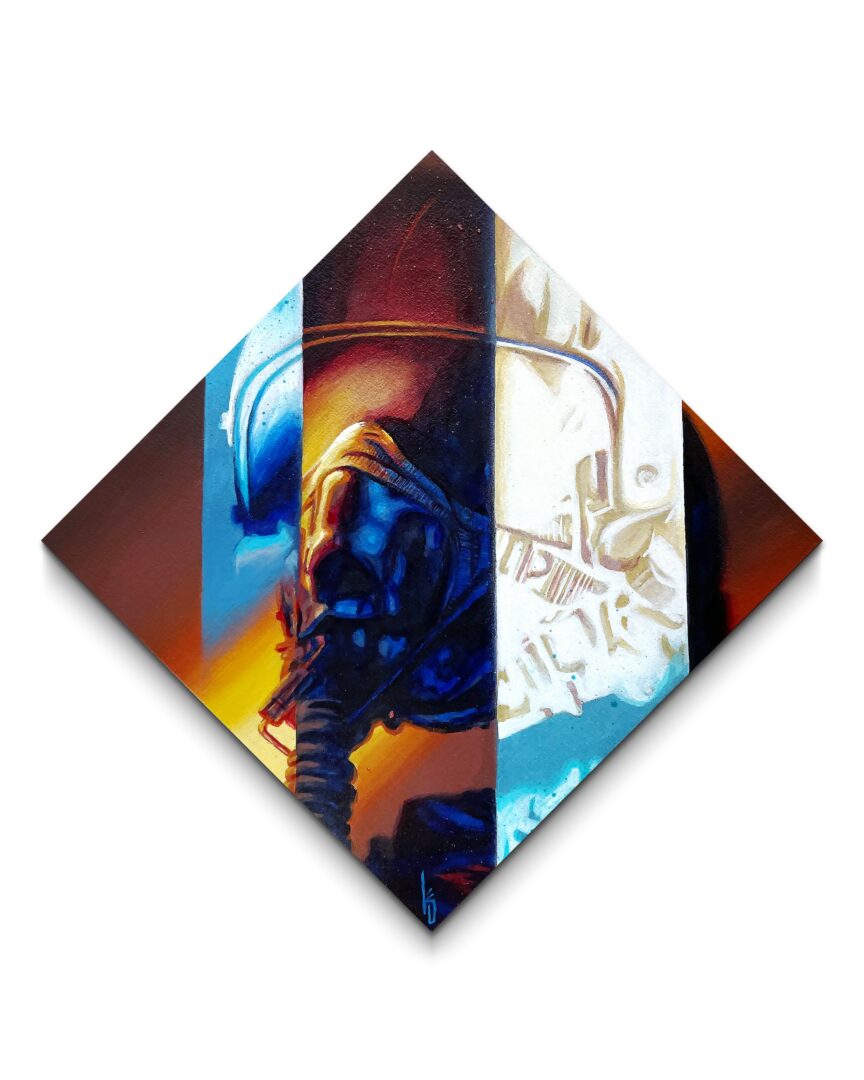
All the wisdom you’ve shared today is sincerely appreciated. Before we go, can you tell us about the main challenge you are currently facing?
I am currently working on an art show called Light Pilots, that focuses on positive human growth after tragedy. My Father was KIA when I was 11 months old, but the worst part of this was that my family chose not to speak about their grief. They buried it, creating a blueprint that I would carry with me for most of my life. With this body of work I hope to normalize the discussion on grief. It is something everyone goes through, but is rarely talks about in this society. American’s tend to get a couple of days off for bereavement and are expected to come back like nothing has happened. Focusing on joy in those situations is really hard to do, but knowing that you are not alone and that it is possible, makes a huge difference. In my paintings, light becomes the positive lesson that can come from within us or from external sources. It is up to us to choose if we take these lessons on or not. In other words we all move at our own pace and it’s ok to sit with your feelings as long as you need to. When the time is right, and if you are looking, growth will happen. I put this out there mostly for myself to learn from, but the more I talk about it, the more feedback I get from people who need it too. I am far from healed, but I have come a long way from when just mentioning my father would paralyze me. It’s amazing to see that the more I put myself out there in a vulnerable ways, the more positivity comes back to me, which makes it all worth it.
Contact Info:
- Website: https://www.karlzurfluh.com
- Instagram: https://www.instagram.com/karlzurfluh/
- Facebook: https://www.facebook.com/kzurfluh/
- Linkedin: https://www.linkedin.com/in/karl-zurfl%C3%BCh-5550a717/
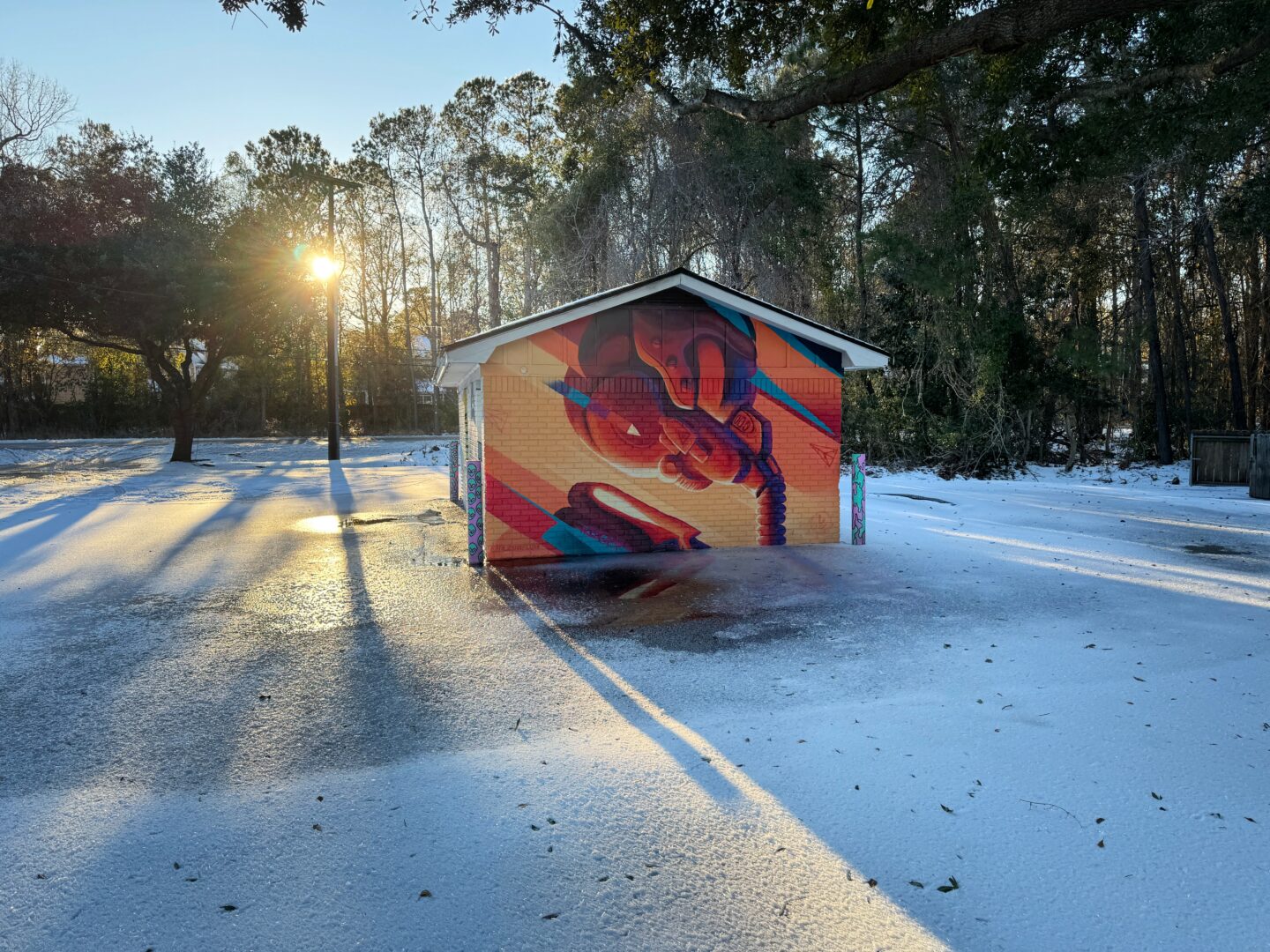

Image Credits
For the profile pic: Steve Aycock
For the snow pic: Phillip Bozzelli
so if you or someone you know deserves recognition please let us know here.



